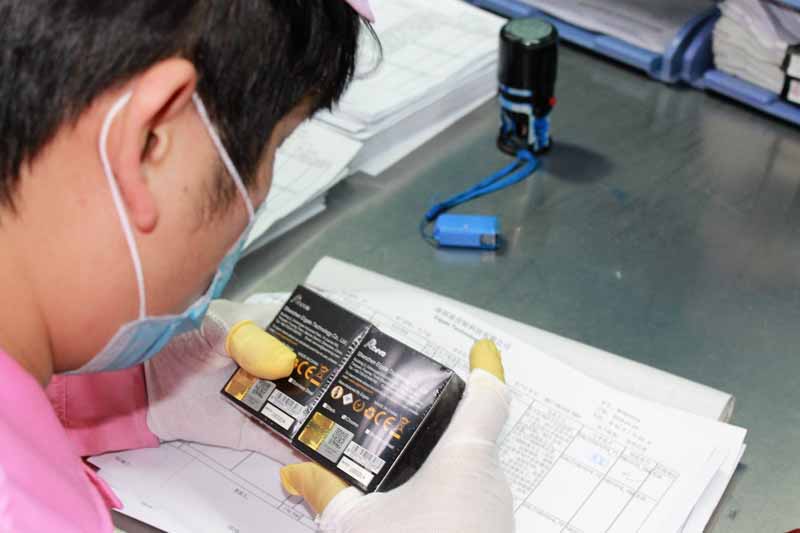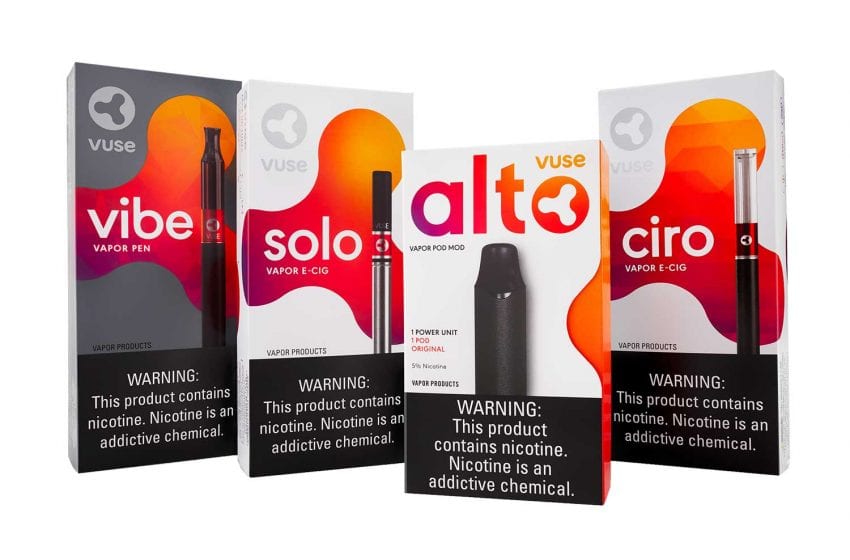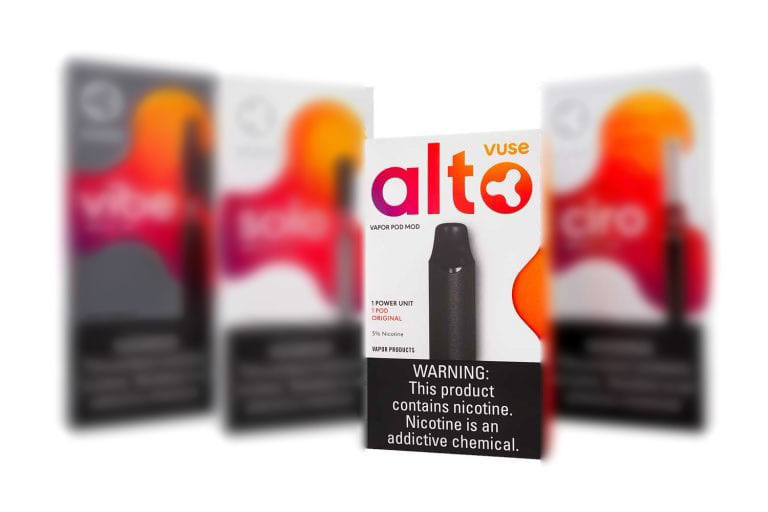A new study led by researchers at the American Cancer Society (ACS) shows perceptions of e-cigarettes as being “more harmful” than cigarettes by adults in the United States more than doubled between 2019-2020 and perceptions of e-cigarettes as “less harmful” declined between 2018-2020.
The study also found that an increase in cigarette smoking prevalence (2019-2020) was restricted to those who perceived e-cigarettes as “more harmful” than cigarettes, while increases in prevalence of e-cigarette use was restricted to those who perceived e-cigarettes as “less harmful” than cigarettes, according to a press release.
Prevalence of dual use of both products increased only among those who perceived these products as equally or “as harmful”. The results coincide with the e-cigarette or vaping use-associated lung injury outbreak (EVALI) and the COVID-19 pandemic. The data was published today in the American Journal of Preventive Medicine (AJPM).
“While all tobacco products, including e-cigarettes, pose a risk to the health of the user, major health events, such as the EVALI epidemic in late-2019 and the COVID-19 pandemic in 2020, paved the way to new smoking/e-cigarette health risks,” the release states. “During this time, the quality and type of information individuals were exposed to may have shaped how they compare the potential harms of tobacco products, which in turn, may have altered tobacco use behaviors.”
How individuals perceive the harm of e-cigarettes vs. traditional cigarettes can predict their individual decision to use tobacco products, but according to the study authors, this is the first study to provide evidence this relationship translates to population-based prevalence changes.
“While this study showed sharp changes in public perceptions of e-cigarette vs. cigarette harms during EVALI and COVID-19, the more relevant finding for public health is that increases in cigarette smoking and e-cigarette use prevalence occurred primarily in individuals who perceived their preferred product as relatively less harmful,” said Priti Bandi, principal scientist, risk factors & screening surveillance research at the American Cancer Society and lead author of the study. “This suggests that public perceptions of e-cigarettes vs. cigarettes harms influences population tobacco use patterns.”
In this study, researchers analyzed data from the National Cancer Institute sponsored Health Information National Trends Survey collected from more than ten-thousand U.S. adults from 2018 – 2020. The results showed perceptions of e-cigarettes as “more harmful” than cigarettes doubled each year, increasing most between 2019-2020 (2018: 6.8%, 2019: 12.8%, 2020: 28.3%), while uncertainty (responses of “don’t know”) in relative harm declined (2018: 38.2%, 2019: 34.2%, 2020: 24.7%). “Less harmful” relative perceptions declined (2018: 17.6%, 2019: 15.3%, 2020: 11.4%), while “as harmful” perceptions remained steady (2018: 37.4%, 2019: 37.7%, 2020: 35.6%).
Exclusive cigarette smoking increased between 2019-2020 among those who perceived e-cigarettes as relatively “more harmful” (2018: 18.5%; 2019: 8.4%; 2020: 16.3%), exclusive e-cigarette use increased linearly among those who perceived them as relatively “less harmful” (7.9%; 15.3%, 26.7%), and dual use increased linearly in those who perceived them “as harmful” (0.1%, 1.4%; 2.9%).
“It is challenging for individuals to make conclusions about the short- and long-term health effects of tobacco products without clear, effective, and ongoing communication from public health authorities, especially when new contextual events that change health harms happen,” said Bandi. “There is a need for behavioral interventions to encourage individuals to be informed consumers of available scientific findings and appreciate that while no tobacco products is safe, there are inherent differences between relative and absolute harms between tobacco products that can influence behavior. In turn, public health education campaigns must facilitate informed decision making by translating emerging scientific evidence accurately to appropriate audiences.”






















